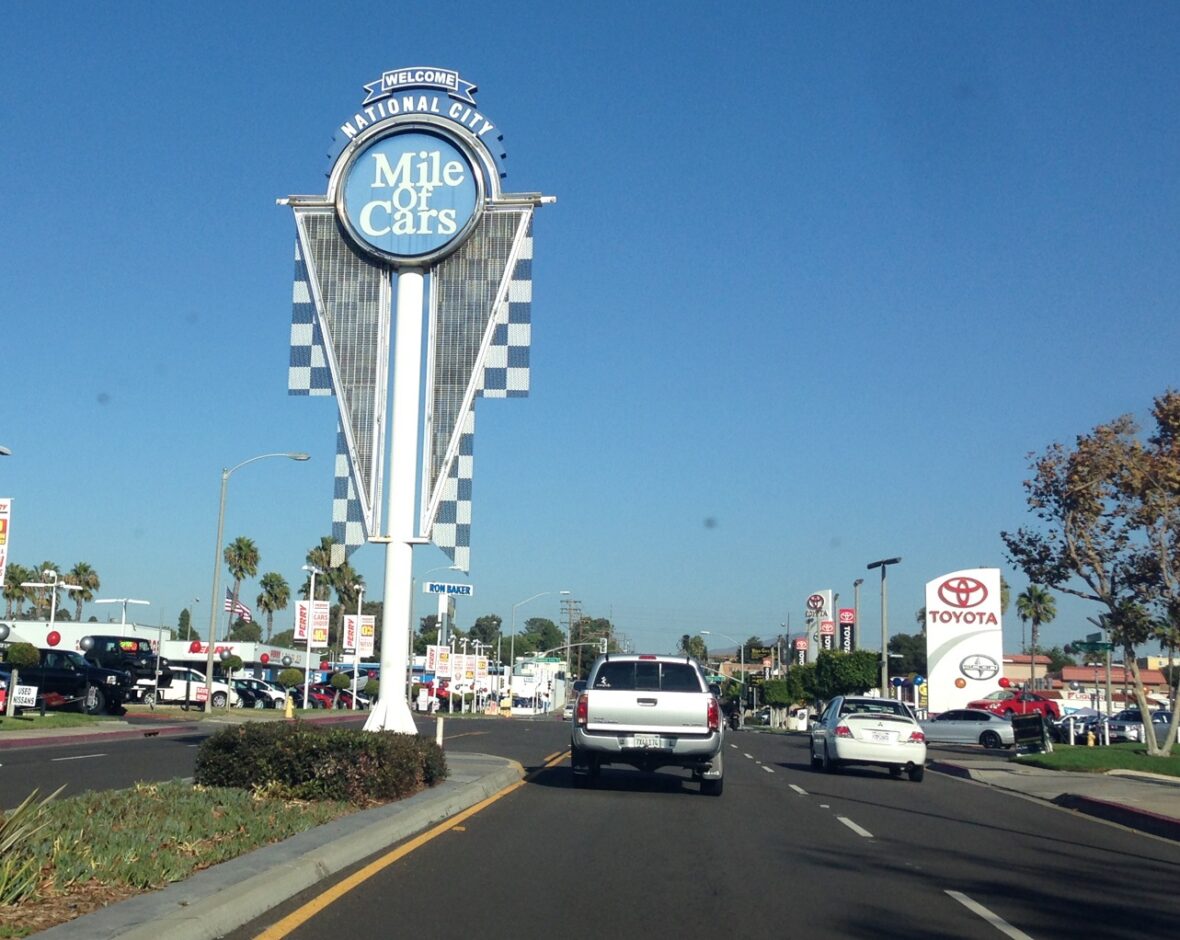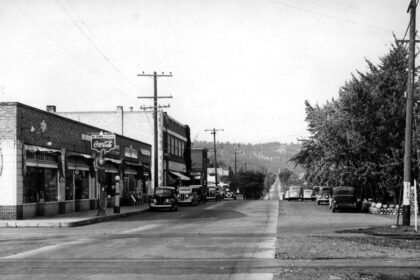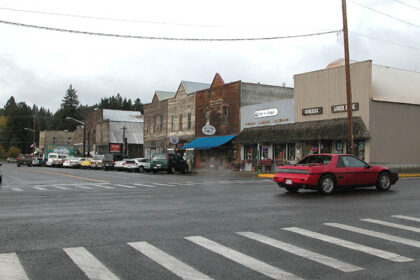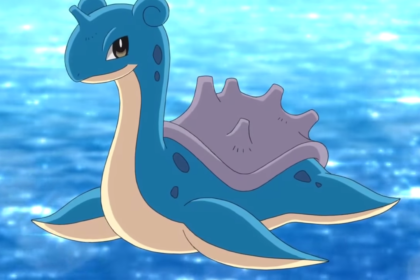National City is a city located in the South Bay region of the San Diego metropolitan area, in southwestern San Diego County, California. Take a look below for 20 interesting and amazing facts about National City, California, United States.
1. The population was 58,582 at the 2010 census, up from 54,260 at the 2000 census.
2. National City is the second-oldest city in San Diego County, having been incorporated in 1887.
3. Human presence within the modern city limits of National City may have begun as early as 130,000 years ago, as allegedly evidenced at the Cerutti Mastodon site.
4. Archaic period sites have been found along Sweetwater River which runs through the city limits of modern-day National City.
5. Before the entry of Spanish into the area which modern day National City occupies was part of the territory of the Diegueño tribe, also known as Kamai, and later Kumeyaay.
6. Later in the late eighteenth and early nineteenth century there was a Kumeyaay village, north of the modern National City boundaries, on Chollas Creek.
7. The Spanish named the 26,000 acres (11,000 ha) of land El Rancho del Rey (the Ranch of the King), used by Spanish soldiers to graze horses. After independence from Spain, in 1810, the Mexican government renamed it Rancho de la Nación (Ranch of the Nation). Governor Pío Pico granted Rancho de la Nación to his brother-in-law John (Don Juan) Forster in 1845.
8. President Andrew Johnson, in issuing the land patent, listed the name as simply “The National Ranch”, the English translation of the land grant name, “Rancho de la Nación”.
9. In 1868, Frank Kimball and his brothers Warren and Levi, contractors and builders from San Francisco, purchased the entire rancho and thus began the foundation of the city, retaining the National name.
10. Frank Kimball first brought novelty and change to the area by building his personal residence. His home included a bathtub as well as hot running water, making it the first modern house in the entire county. However, it was more than his personal innovative endeavors that allowed the region to flourish. By constructing the first roads and railroad in what is now National City, Frank and his brothers most notably were responsible for introducing modern transportation to the residents of the community.
11. The brothers also implemented the area’s first post office and a wharf for sea-bound imports and exports. These large ventures, coupled with smaller personal missions, both contributed to the overall goal of creating a community unparalleled to the times. A lasting mark of the Kimballs was the trees they imported and planted from Europe and Asia, accomplished via a partnership with the U.S. Department of Agriculture.
12. These trees can be found dotted throughout the city to this very day. It was the passion and influence of the Kimballs as well as other early pioneers that made way for the city’s incorporation on September 17, 1887.
13. In the mid-20th century, businesses on National Avenue catered to the entertainment of sailors stationed at Naval Base San Diego, and became known as the “Mile of Bars”. In the late 20th century, the city, seeking to end the association of the street with drinking culture, urged the growth of automobile dealerships, transforming the area to be known as the “Mile of Cars”.
14. Part of the change of business types was the closure of a Pussycat Theater in 1999. The last of the bars that was on the “Mile of Bars” was the Trophy Lounge, which lasted until at least 2004.
15. In the early 21st century, the city began to utilize eminent domain to create new developments; this met some criticism, to include on Reason TV in a video narrated by Drew Carey.
16. The National City Mile of Cars is recognized as one of the first “auto malls” in the world.
17. National City’s three-mile port area along the San Diego Bay is part of Naval Base San Diego, the largest U.S. Naval base on the west coast.
18. The National City California Southern Railroad Depot, built in 1882, served as the first Pacific Coast terminus station of the Santa Fe Railway system’s transcontinental railroad. The station was the West Coast general office and figured prominently in Santa Fe’s effort to break the economic and transportation monopoly of California held by the Central/Southern Pacific Railroads. The first transcontinental trains arrived in November 1885, resulting in one of the largest land booms in the history of California. Of the original five transcontinental railroad terminus stations, this unique Italianate designed station is the lone survivor. Location: 900 West 23rd St, National City. Listed as California Historical Landmark no. 1023.
19. Westfield Plaza Bonita is a shopping mall in National City that attracts customers from all around the South Bay region of San Diego County. It is one of the only completely enclosed (all indoor) shopping malls in the county. It has recently been enlarged and now features a new playground, cafe terrace, Target and an AMC 14-screen cinema.
20. Paradise Valley Hospital, a 301-bed acute care facility founded by Ellen White, an Adventist, in 1902 as Paradise Valley Sanitarium. The hospital is owned and operated by Prime Healthcare Services.




